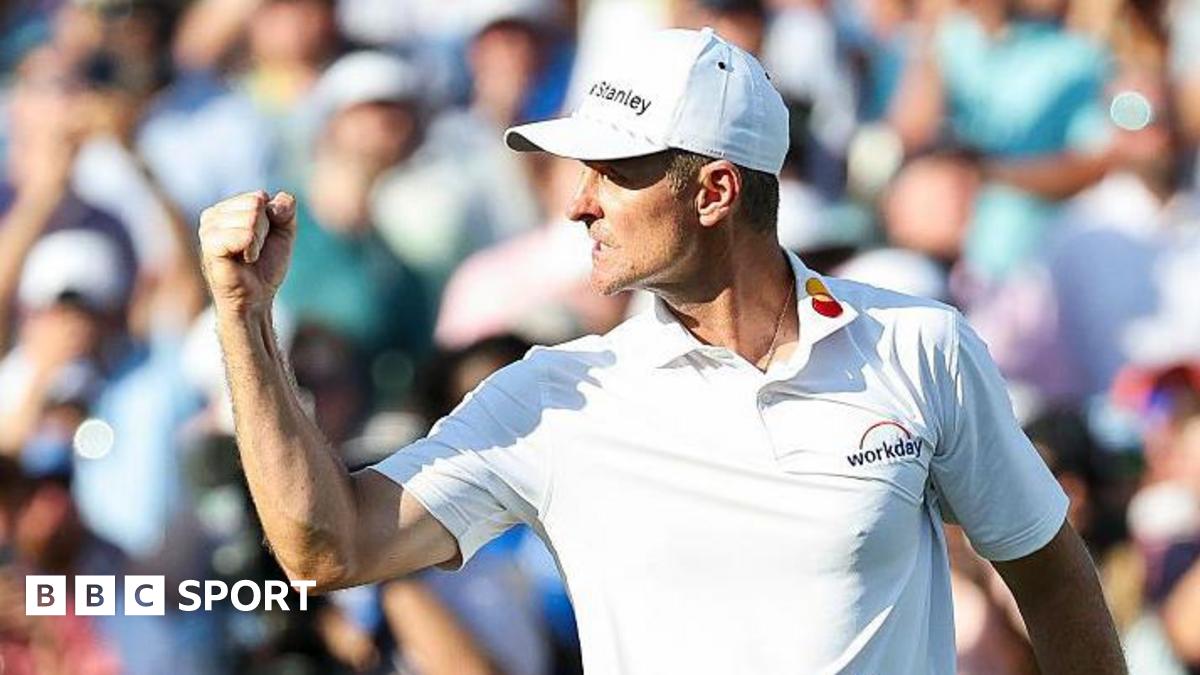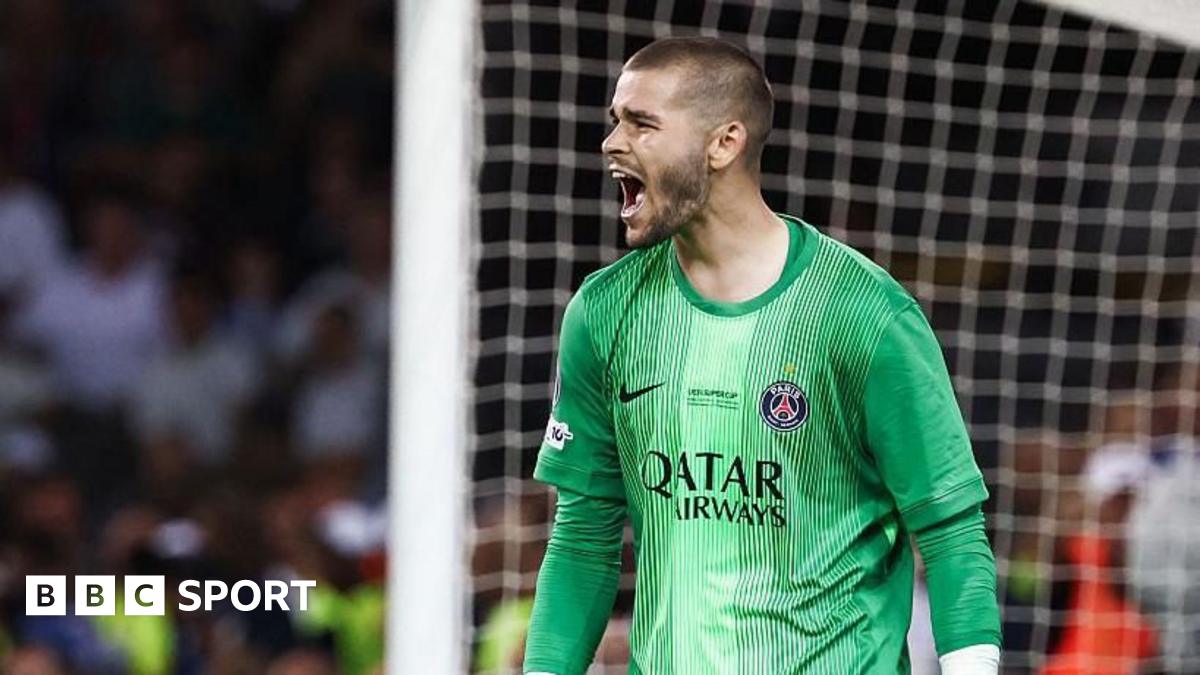Their ‘smushed’ faces and large, wide-set eyes have made them popular choices for pet owners.
But flat-faced dogs and cats have been bred to such extremes that they now look more like each other than their own ancestors, experts reveal.
Humans have pushed breeds such as Pug dogs and Persian cats to evolve with very similar features including broad skulls and short snouts.
These characteristics, termed ‘brachycephalic’, have led to a range of health problems – most notably issues with breathing, eating and even giving birth.
For the first time, scientists have uncovered examples of how breeding these cats and dogs has led to ‘convergence’ – the tendency of unrelated animals to evolve similar characteristics.
Both species shared a common ancestor but have been evolutionarily separated for 50 million years.
However, flat-faced cats and dogs have converged to such an extreme that they are more similar to each other than they are to most members of their own species or their ancestors.
This phenomenon hadn’t previously been observed in domesticated species, according to the paper.


Flat-faced dogs and cats have been bred to such extremes that they now look more like each other than their own ancestors, experts reveal. Pictured: a Pug dog and a Persian cat
‘Persian cats and Pug and Pekingese dogs all have skull shapes that are very similar to each other, with flat and short faces, and their muzzles and palettes are tilted up in the same way,’ said Dr Abby Drake, senior lecturer at Cornell University.
The researchers mapped the skull shapes using CT scans, compared them and discovered these similarities, even though the ancestors of cats and dogs looked quite different.
Dogs descended from wolves, a larger animal with a long muzzle, while cats descended from wildcats, which are smaller animals with a shorter face and a snout.
‘They start off in different places but because humans applied the same selection pressures they evolved to look almost identical to each other,’ Dr Drake said.
The same pattern of convergence has also occurred multiple times within each species, the researchers said.
In dogs it occurred in Bulldog breeds, but then separately in Asian dog breeds such as Pekingese and Shih Tzu.
In cats, the same traits can be seen in Persian, Himalayan and Burmese breeds.
Artificial selection from breeding has led to a remarkable diversity of both cats and dogs, though dog diversity is even more extreme, the team said.
Although wolves (image A and C) and wildcats (image E and G) have very different skull shapes, some of their domestic descendants like Pugs (B and D) and Persians (F and H) have evolved to have similar skull shapes
A Persian cat on display during the Baltic Winner show 2025 in Latvia. This breed has a clearly-defined flat face and short snout
The Shih Tzu is also considered a brachycephalic breed due to it short, flat facial features. Pictured: Comet, from Monclova, Ohio, competes in the Toy Group during the 148th Westminster Kennel Club Dog Show in New York
‘We’re seeing this very large evolutionary variation within a species that’s only been evolving for a relatively very short amount of time,’ Dr Drake added.
‘That’s a remarkable thing to see in evolution, which takes millions of years, but we did it with dogs by pushing them to the extremes.’
The study, which was published in the Proceedings of the National Academy of Sciences journal, also included experts from Washington University.
They wrote: ‘Brachycephalic cat and dog breeds have predispositions to many health disorders, some shared between species.
‘As a result of these afflictions, pressure is mounting to ban the breeding of extreme brachycephalic individuals.
‘We can hope such measures succeed for the welfare of our household companions, even if it has the effect of reversing this remarkable case of convergent evolution.’
Earlier analysis has revealed that owners of flat-faced dogs see some of their traits, such as laziness, as a good thing rather than a sign their pet is unwell.
The study from the Royal Veterinary College (RVC) found that the extreme conformations of French bulldogs, pugs and English bulldogs have been normalised.
Today's flat-faced dogs are a far cry from their ancestor, the wolf, which traditionally has a long muzzle
Meanwhile cats descended from wildcats, which have a shorter face and snout. Pictured: A Scottish wildcat
And despite a high risk of developing significant respiratory problems due to their flattened face, eye conditions due to their bulging eyes and skin infections due to their deep skin folds, many owners still believe ‘nothing’ could put them off buying the breeds.
Commenting on the new findings Dr Rowena Packer, Senior Lecturer in Companion Animal Behaviour and Welfare Science at the Royal Veterinary College, said: ‘From a biological perspective, it is remarkable that humans have moulded both dogs and cats into such an extraordinary array of morphologies, particularly skull shapes.
'However, this selection has largely been driven by human-centric desires, including the inherent attraction many of us have towards the 'cute' smushed faces of brachycephalic animals, perpetuating their international popularity.
'Modern animal welfare science has documented the severe and chronic harms that flat faces inflict, leading to long-term suffering in our canine and feline companions.
'Consequently, there is an urgent need for puppy and kitten buyers and breeders, as well as international policymakers, to reject these extremes and shift selective breeding back towards moderate, natural body shapes that confer animals the ability to live long, healthy and happy lives.'
Previous research has also found that flat-faced breeds have a 40 per cent increased risk of dying compared to other breeds.
For example, popular French Bulldogs have an average life expectancy of 9.8 years compared to Border Collies, who live for around 13.1 years.
WHAT DOES BRACHYCEPHALIC MEAN?
The word 'brachycephalic' means short or broad-headed.
There are lots of pets selected for this appearance which have short snouts and flat faces.
Examples include the Pug, Bulldog, Boxer, Pekingese, Persian cats, British shorthair cats and Netherland Dwarf rabbits.
Because of this extreme body shape, flat-faced animals have a much higher risk of developing numerous painful illnesses and diseases than others.
Health and welfare problems associated with brachycephaly include:
- Anatomical defects of the upper airway causing breathing difficulties often associated with overheating, sleep apnoea, and regurgitation
- Eye disease
- Inability to mate or give birth naturally (requiring a Caesarean section)
- Repeated skin infections
- Dental problems
Many owners aren't aware that the 'cute' way their pet looks can cause serious and often life-limiting health problems and compromise their welfare.
 (1).png)
 3 months ago
65
3 months ago
65

















